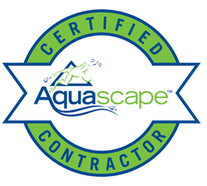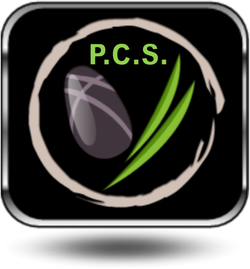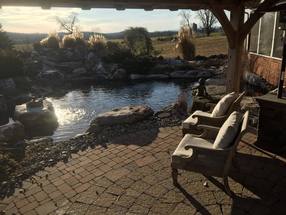
Spring—everyone’s much anticipated time of year after the Winter cold. For many of us, Spring means that nature is slowly returning to our yards in the form of visiting squirrels and chipmunks who have come out of hibernation, the birds return, the spring plantings start to show some life and our ponds also start to wake up.
Fish Feeding:
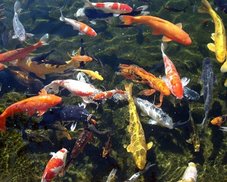
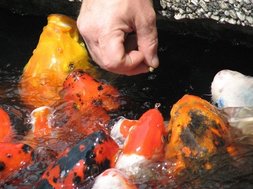
Dreamscapes ONLY recommends feeding summer foods once your water temperature has climbed up and past 65 degrees. In our central Pennsylvania area, this roughly translates into sometime in mid-late June. The safest bet is to consider plopping in a pond thermometer and follow the water temperature on your own.
Plants and Algae:
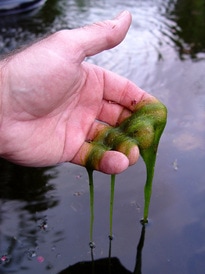
As we get further into spring, air and water temperaturess continue to increase and your marginal plants will also increase their activity, competing with the algae for available nutrients. In a properly planted pond with a balance of plants and fish, the plants will eventually out-compete the algae for nutrients and you should see string algae start to fade back a little. Depending on how many marginals you have in and around your pond, you may need to help in algae removal with some manual removal or even a spring opening / drain and clean. Every pond is different.
Spring Waterfeature Maintenance
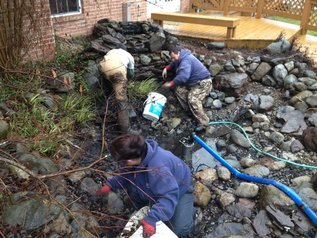
Dreamscapes performs 200 Spring Pond Openings every year from mid-March until June. It is quite literally a crappy job, as our guys generally leave covered in pond fish waste. Depending upon your size waterfeature, expect this process to take 4-8 hours. We've been at ponds for a full 12 hours before, depending upon the size pond and how much build up is on the bottom! Our process is as follows:
1) Remove fish into holding tanks
2) Remove debris from pond
3) Pressure wash pond rocks and waterfall, if existing
4) Vacuum out skimmer box & biofalls
5) Check & clean filter components
6) Check Iongen Probe, if applicable
7) Test pump
8) Divide plants if needed
9) Add Dechlor
10) Introduce fish back into pond
The pressure washing should be your most time consuming part, as there are a lot of crevices in a pond for sludge to hide. At this time, we're continually pumping out the dirty water that accumulates at the center of the pond.
When adding fish BACK to the pond, add the fish and the holding-tank water first before fresh water. If your hose runs on city water, add a dechlorinator to remove the heavy metals that are toxic to fish. Finally, remember to leave the hose on a very slow trickle, as a 10 degree swing in temperature could throw your fish into shock and become fatal.
Biological Filtration
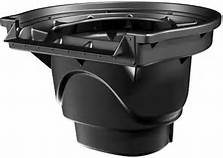
If you have a biofalls that was shut down for the winter, it will essentially be sterile and brand new in the spring, with no biological colony present. The sooner you can get the filter pads and bioballs / lava rocks back in, the sooner you can begin regenerating your biological colony. Note! Be sure to check your filter pads at this time. Give them the “tear test”. If you hold the filter with both hands and try to tear it, there should be a lot of resistance. If it tears easily, this is an indication that its time to replace the filter pad.
Leaks
So what now?
For more specific information on algae and your pond, please contact us directly!
Located in Lebanon, Pennsylvania, Dreamscapes Watergardens installs koi fish ponds and pondless waterfalls (disappearing waterfalls) all over the Central Pennsylvania area. For more information on koi ponds and waterfeature installations, please contact us directly!
Dreamscapes also carries a full line of pond supplies from water treatments and fish medications to pond pumps, heaters, fountains, plants and fish! Tadpoles and snails are also available at our Aquatic Retail Center in Lebanon, Pennsylvania seasonally while supplies last from May-August. If you think you need it, we have it!
Retail Hours: April 5th-October 27th 2018:
Monday-Wednesday: By Appt
Thursday-Friday: 10am-5pm
Saturday: 9am-12pm
October 28th-April 2019: HOURS BY APPT
Contact Us
2155 State Route 343, Lebanon Pa | 717-272-6555 | [email protected]
Dreamscapes Watergardens services the city of Lebanon, Lancaster, Harrisburg, Mechanicsburg, Camp Hill, Cleona, Cornwall, Fredericksburg, Indiantown Gap, Jonestown, Kleinfeltersville, Mount Gretna, Myerstown, Newmanstown Palmyra, Quentin, Reistville, Richland, Schaefferstown of Pennsylvania, PA

 RSS Feed
RSS Feed
